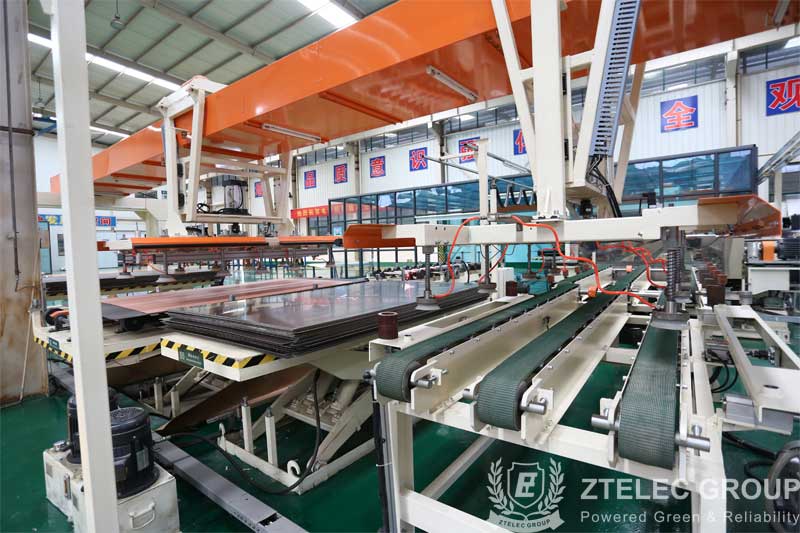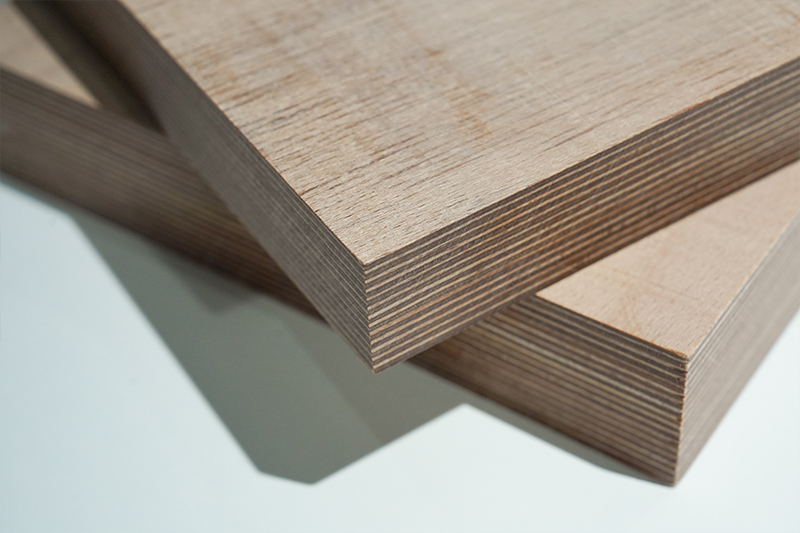Good insulating material must satisfy some chemical mechanical electrical and thermal requirements
Insulation materials isolate point parts from other parts in a variety of electrical equipment, electrical instruments and meters. They play the role of mechanical support and fixation, as well as arc extinguishing, heat dissipation, energy storage, moisture-proof, mildew proof or improve the electric field potential distribution and protect the conductor. The insulation material adopted and the new technology of reasonable use of insulation material have a significant effect on improving the performance cost ratio and power weight ratio of electrical equipment. In addition, good electrical insulating material must satisfy some chemical mechanical electrical and thermal requirements.

Insulating material is also called dielectric, which can be divided into gas, liquid and solid according to the state of matter. Air, hydrogen, nitrogen, carbon dioxide, sulfur hexafluoride and methane are good gas insulated material. Transformer oil, switch oil, capacitor oil, cable oil and other mineral oil, such as dodecyl benzene, polyisobutylene, silicone oil and chemical biphenyl are excellent liquid insulation materials. Solid insulation materials commonly used in insulating paint, paper, cardboard, and fibre products, linoleum, paint tube and binding with insulation fiber impregnated products, mica products, plastic, rubber, electrical glass and ceramic etc.
- more+releated article
- 2025-12-13How to Select and Use Phenolic Cloth-base Lami
- 2025-12-13How Much Does Bakelite Sheet Cost? 2025 Price
- 2025-12-13Why are most 3240 epoxy boards yellow?
- 2025-12-13What are the Main Applications of FR4 Epoxy Bo
- 2025-12-13Why Does the Price of Insulating Paperboard Va
- 2025-12-13Heat-Resistant DDP Insulation Paper
- 2025-12-13Comparison of Heat-Resistant DDP Insulating Pa
- 2025-12-13G10 and FR4 Epoxy Boards: Commonly Used for Ge
- 2025-12-13The Price of Heat-Resistant DDP Insulation Pap
- 2025-12-13How to Choose Epoxy Laminate Materials for Gen





